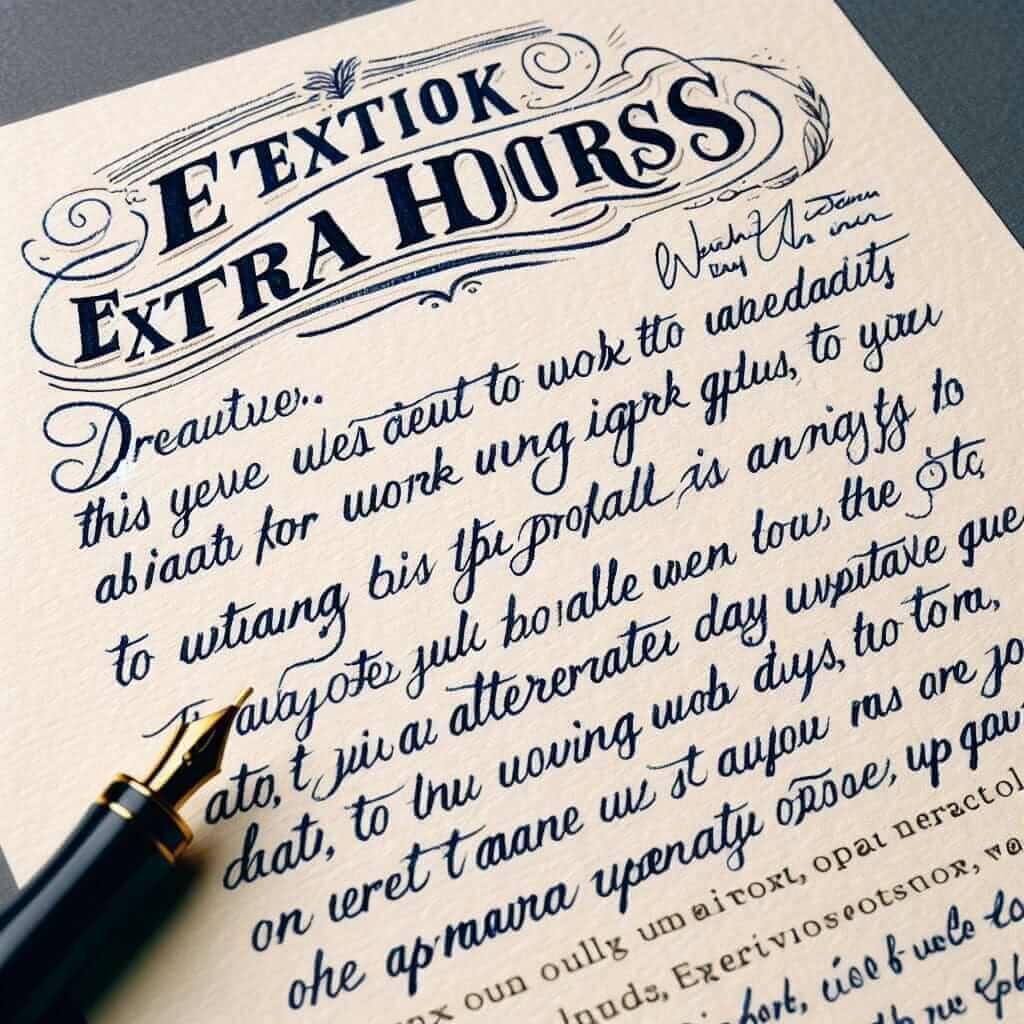For many IELTS test-takers, the Writing Task 1 requirement to write a letter can feel daunting. However, with a clear understanding of the structure, tone, and assessment criteria, you can approach this task with confidence. This article provides a comprehensive guide to help you master letter writing in IELTS and achieve your desired band score.
Understanding IELTS Letter Writing
In IELTS General Training Writing Task 1, you’ll be presented with a situation and asked to write a letter of at least 150 words. This letter could be formal, semi-formal, or informal, depending on the prompt. The key to success lies in:
- Identifying the letter type: Is it a complaint letter, a letter of request, a thank you note, etc.? Each type has specific conventions and language you need to employ.
- Understanding the prompt: Carefully analyze the situation, identifying the purpose of your letter, who you are writing to, and what information you need to include.
- Structure and Organisation: Adhering to a clear and logical structure ensures your message is communicated effectively.
- Appropriate Tone and Register: The language you use should be appropriate for the intended recipient and the overall tone of the letter.
Crafting Effective IELTS Letters
1. Analyze the Prompt and Plan Your Response
Before you begin writing, take time to thoroughly understand the task. Identify:
- The type of letter required: Formal, semi-formal, or informal?
- The purpose of the letter: Are you making a request, offering an apology, providing information, etc.?
- The recipient: Who are you writing to? This will determine the level of formality required.
- Key points to include: Make a brief outline of the information you need to convey.
2. Structure Your Letter
A well-structured letter is crucial for clarity and coherence. Follow this general format:
Formal and Semi-formal Letters:
- Your Address: (Top right corner)
- Date: (Below your address)
- Recipient’s Address: (Top left corner)
- Salutation: (Dear Mr./Ms. Last Name, or Dear Sir/Madam,)
- Introduction: State the purpose of your letter clearly.
- Body Paragraph(s): Expand on your purpose, providing relevant details and explanations.
- Conclusion: Summarize your main points and state any desired action.
- Closing: (Yours sincerely, / Yours faithfully,)
- Your Full Name
Informal Letters:
- Your Address: (Top right corner)
- Date: (Below your address)
- Salutation: (Dear [First Name],)
- Introduction: Start with a friendly opening and state your reason for writing.
- Body Paragraph(s): Share news, thoughts, or information in a conversational tone.
- Conclusion: Wrap up your letter naturally.
- Closing: (Best regards, / Kind regards, / Love,)
- Your First Name
3. Use Appropriate Language and Tone
- Formal Letters: Use formal language, avoiding contractions, slang, or overly personal expressions.
- Semi-formal Letters: Maintain a polite and respectful tone while using slightly less formal language.
- Informal Letters: Use a friendly and conversational tone, similar to how you would write to a friend.
4. Proofread Carefully
Once you have finished writing, always proofread your letter carefully for any spelling, grammar, or punctuation errors. This is crucial for achieving a high band score.
Example Letter Prompt and Response
Prompt:
You are working part-time in a local shop. You have been asked to work extra hours on a day when you have an important exam.
Write a letter to your manager. In your letter:
- Explain why you cannot work extra hours.
- Suggest another day when you could work.
- Say how you can be contacted.
Sample Response:
<
[Your Address]
[Date]
[Manager’s Name]
[Shop Address]
Dear [Manager’s Name],
I am writing in response to your request for me to work extra hours on [Date]. Unfortunately, I will be unable to work on that day due to a previously scheduled [Exam Name] examination, which is crucial for my academic progress.
However, I am more than willing to work extra hours on [Alternative Date]. I am available for the entire day and would be happy to cover any shifts that need filling.
You can reach me by phone at [Your Phone Number] or by email at [Your Email Address].
Thank you for your understanding.
Sincerely,
[Your Full Name]
Tips for Success
- Practice Regularly: The more you practice writing different types of letters, the more confident you will become.
- Focus on Clarity: Use clear and concise language, avoiding jargon or complex sentence structures.
- Expand Your Vocabulary: Familiarize yourself with a range of vocabulary suitable for different letter writing contexts.
- Seek Feedback: Have a teacher or language partner review your writing and provide constructive criticism.
By following these tips and consistently practicing your letter writing skills, you will be well-prepared to excel in the IELTS General Training Writing Task 1 and achieve your desired band score.